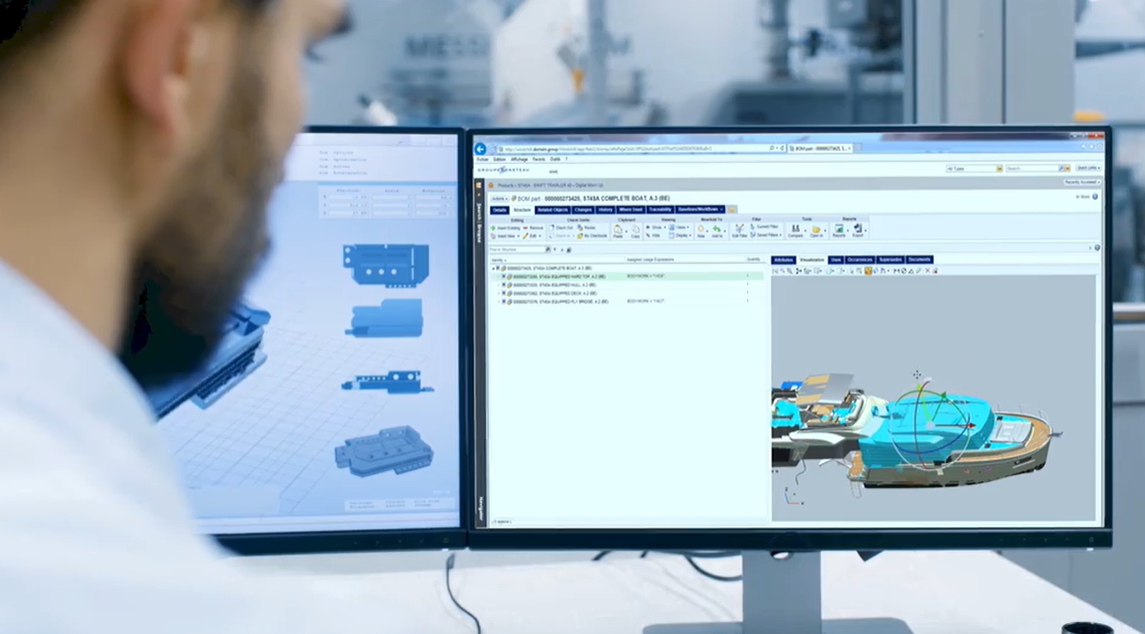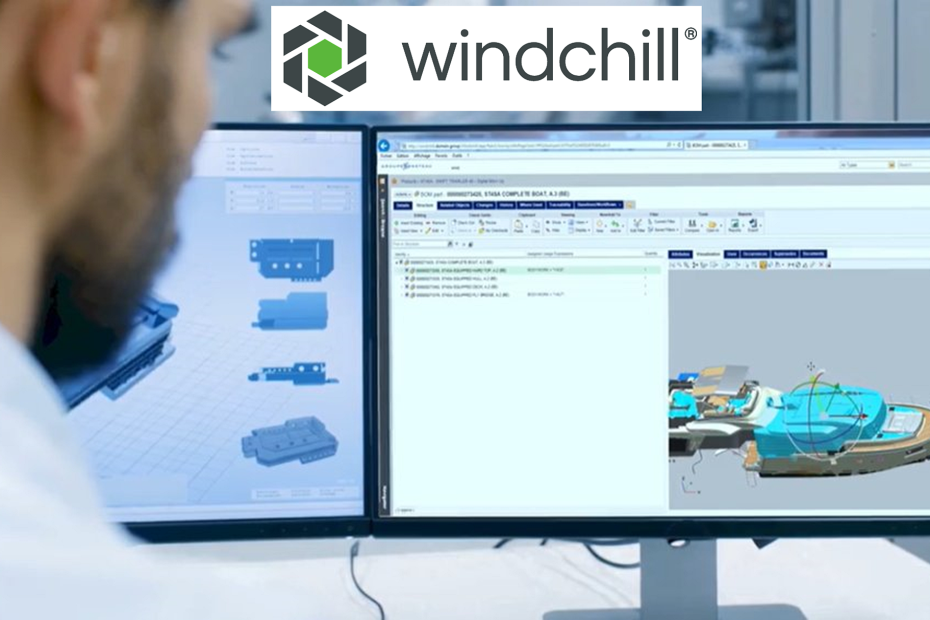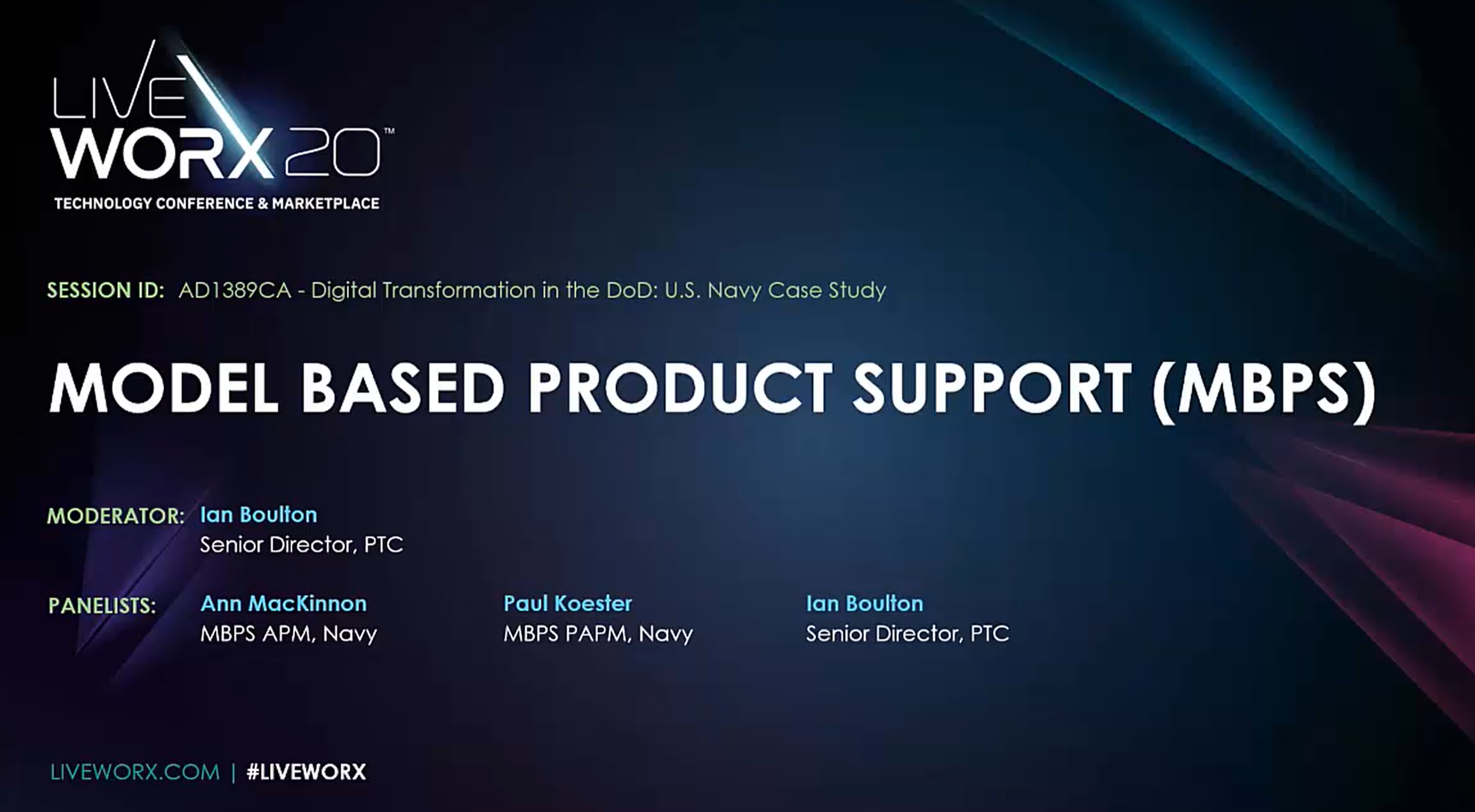The U.S. Navy recently announced that they have selected PTC’s Windchill Product Lifecycle Management (PLM) Software as a Service (SaaS) platform to form the backbone of their Model-Based Product Support (MBPS) digital transformation initiative. In today’s post, we look at what the US Navy has set out to achieve as part of this program, outline the criteria they considered, and the key reasons why Windchill was selected as their preferred platform following an extensive evaluation process.
The U.S. Navy’s MBPS initiative is aimed at improving the Navy’s overall operations readiness, with specific goals in improvements in operational performance, operational availability & optimisation of lifecycle costs. The project unites legacy systems and a myriad of data repositories and supports 15,000+ users across a vast fleet of ships, submarines and onshore operations, along with an expansive supplier network.

In an extensive evaluation process conducted by the Naval Sea Systems Command (NAVSEA), the key selection criteria included:
- technological capability & prowess
- certified cloud infrastructure incorporationg DoD Impact Level 5 security complaince
- collaboration capabilities
- support for comprehensive PLM workflows.
These criteria were judged within the context of three primary capabilities required by the US Navy:
- Product Data Management – Managing multiple configurations, sustaining and providing enterprise access to all components of legacy and future standards-based Navy Weapon System Technical Data Packages
- Common Readiness Model – Analyse, report, predict, optimise weapon system readiness and operations & support costs throughout the lifecycle
- Data Acquisition Requirements Tool – standardising common data, requirement and acquisition approaches to procure technical and product data.
Following the announcement that the US Navy had selected PTC’s Windchill PLM for this important initiative, Jim Heppelmann, president & CEO of PTC, added that “(At PTC) we are honoured that our technology will be supporting the US Navy as it modernises it’s mission-critical technology infrastructure. The selection of Windchill represents an exciting shift for the Navy to move from building custom software to using best-in-class commercial solutions. With Windchill, the Navy will be able to reduce costs, accelerate innovation and enhance collaboration.”
Upon the announcement, experienced PLM commentator Verdi Ogewell observed in an article on engineering.com that “PTC, with its technology advancements and partnerships, has the potential to rattle the PLM business. From my perspective, the order from NAVSEA and the U.S. Navy is an example of a new level of technological competitiveness built on the Windchill platform and related software such as ThingWorx, including Navigate (IoT/IIoT), Vuforia (AR), Kepware (OT), Servigistics (SLM) and others.”

According to Mark Sashegyi’s DVIDS report, at the ‘Product Support Forum Evaluation’ 2020 event, Captain Stuart Day, logistics manager for SEA 06L, was quoted as stating that the U.S. Navy’s current IT system for logistics (providing configuration management, emergency modeling and technical data management support for ships and weapons systems) is obsolete and cannot keep pace with rapidly changing and new technologies. According to the website FedScoop, Captain Day also commented that “this current infrastructure greatly impedes efficient management and consistently cohesive structures in the fleet’s product data and service data flora.”

From all the commentary on this deal, it is clear that the US Navy has not approached this digital transformation initiative purely as a cost-saving exercise to help them place or handle more parts on their extensive fleet of ships, but – more importantly – to help them put the *right* parts on the *right* ship at precisely the *right* time. With this more ambitious goal accomplished, the cost and operational efficiency savings will flow through across the broader organisation.
It is also worth noting the US Navy has been working comprehensively with PTC during this process of modernising their acquisition and logistic support IT infrastructure. Whilst it took place prior to the recent Windchill announcement, for more insights we encourage you to view their recent presentation at LiveWorx 2020, accessible via the link below, to learn about their goals of being able to effectively and efficiently acquire, field, and sustain weapon systems’ digital twins and enable appropriate predictive analysis and modelling tools to ultimately improve material availability and reliability, increase operational availability, and reduce operation and sustainment cost across the US Navy.

At LEAP Australia we have extensive experience with implementing Windchill PLM for companies both big and small, across Australia & New Zealand. Contact us today to arrange a no-obligation chat to discuss how Windchill PLM can help transform your business.


